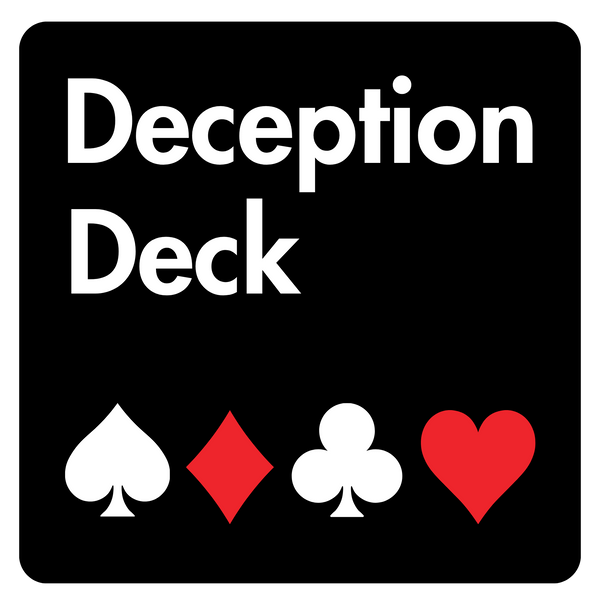As humans, we communicate not only through words but also through our body language. The way we move, gesture, and hold ourselves can often betray what we are truly thinking or feeling. Understanding the subtle cues of body language can be a powerful tool in uncovering deception. In this article, we will delve into the intricate world of deception detection through body language signs that reveal contradictions.
The Importance of Deception Detection
Deception detection is a crucial skill in various fields, including law enforcement, psychology, and everyday interactions. By honing your ability to read body language signs, you can uncover discrepancies between what a person is saying and what their body is revealing. This skill, coupled with statement analysis and lie detection techniques, can help you navigate the complex web of deceit more effectively.
Cluster of Inconsistencies
When trying to spot deception through body language, it's essential to look for clusters of inconsistencies rather than focusing on isolated cues. A single gesture or expression may not be indicative of deception, but when multiple contradictory signals are present, it raises a red flag for potential dishonesty.
Eye Contact - The Window to the Soul
One of the most well-known body language signs related to deception is eye contact. While it is commonly believed that avoiding eye contact indicates deception, the reality is more nuanced. In some cases, excessive or prolonged eye contact can also be a sign of deceit, as the person tries to overcompensate for their dishonesty.
Incongruent Gestures
Another key aspect to watch for is incongruent gestures. This occurs when a person's verbal and non-verbal cues are not aligned. For example, someone may shake their head in disagreement while verbally affirming a statement. These contradictions can reveal underlying deception.
Microexpressions - Fleeting Truths
Microexpressions are rapid facial expressions that occur involuntarily and often reveal true emotions. When detecting deception, pay attention to these fleeting microexpressions, as they can betray a person's true feelings even when they are trying to conceal them.
Hand-to-Face Gestures
Hand-to-face gestures, such as touching the face, covering the mouth, or rubbing the eyes, can be indicators of deception. These gestures are often subconscious attempts to block deceitful words or actions, signifying discomfort or inner conflict.
Baseline Behaviors
When assessing body language for signs of deception, it is crucial to establish a baseline of the individual's typical behaviors. Deviations from their baseline, such as sudden shifts in posture, tone of voice, or facial expressions, may signal that they are being deceptive.
Speech Rate and Tone
Changes in speech rate and tone can also provide valuable insights into deception detection. Rapid speech or sudden shifts in vocal pitch may indicate nervousness or a desire to hurry through a lie. Conversely, a monotone delivery could suggest rehearsed deceit.
Body Orientation
Pay attention to the orientation of the body when assessing deception. Defensive postures, such as crossing arms or distancing oneself physically, can indicate discomfort or a desire to create a barrier between the truth and the deception being presented.
Adapting to Context
It's crucial to remember that body language signs can vary based on individual personalities, cultural backgrounds, and contexts. What may be a sign of deception in one situation could be a normal behavior in another. Adapt your deception detection skills to suit the specific circumstances.
Practice Makes Perfect
Improving your ability to detect deception through body language signs requires practice and keen observation. Engage in role-playing scenarios, watch documentaries or interviews, and pay attention to the nuances of non-verbal communication. With time and dedication, you can sharpen your skills in spotting deception.
Unmasking Deception: A Skill Worth Mastering
Learning to decode the intricate language of body cues and gestures can be a valuable asset in navigating the world of deception. By honing your deception detection skills through body language analysis, statement assessment, and lie detection techniques, you can become more adept at uncovering truths hidden beneath layers of deceit. Embrace the challenge of unraveling contradictions and inconsistencies to unveil the hidden realities that lie beneath the surface.


